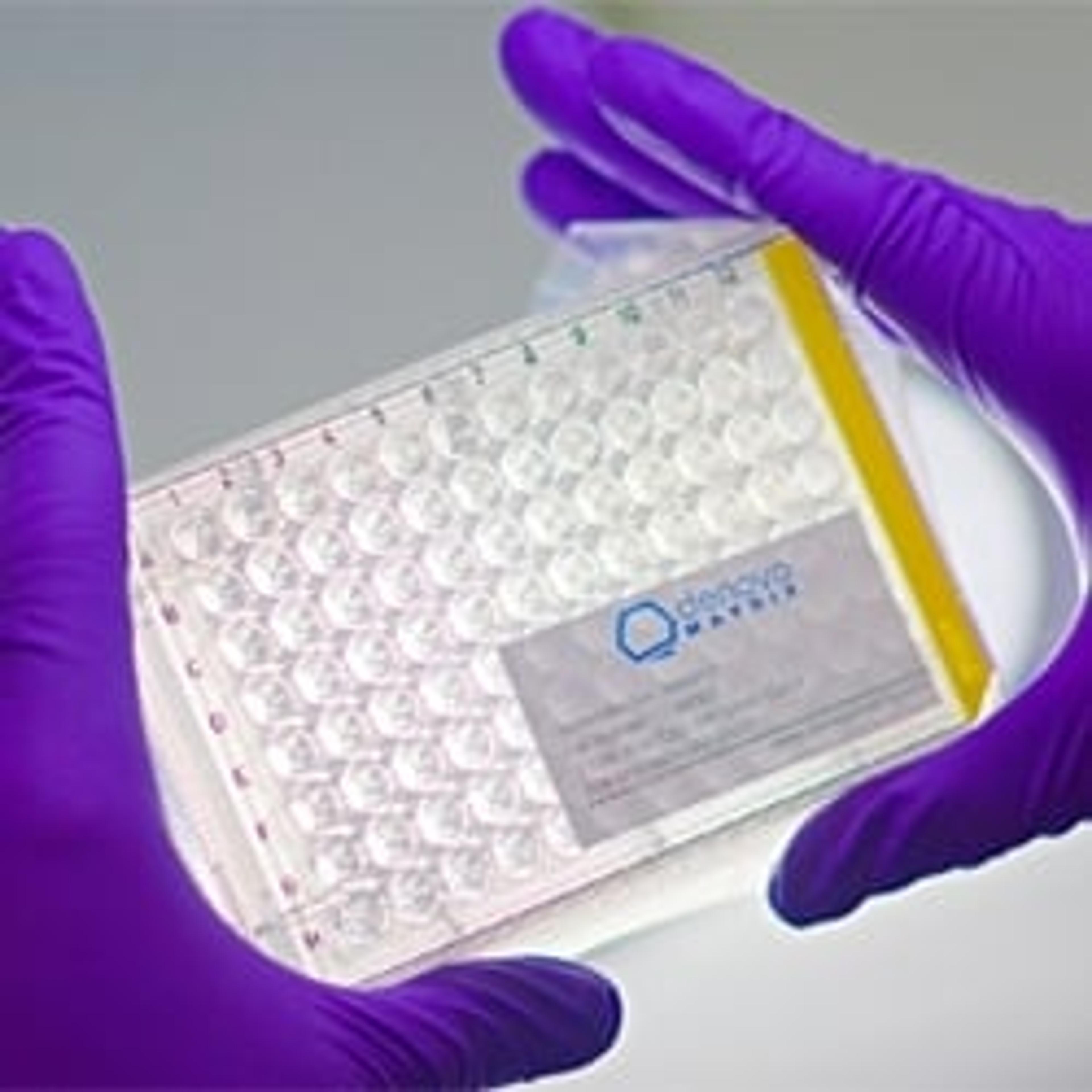Tomocube microscope advances malaria research
Label-free, 3D holotomography imaging enables researchers to observe morphological and chemical alterations of host cells without transfection or dye staining
22 Aug 2019Although the World Health Organization (WHO) recorded an 18% decrease in malaria incidence between 2010 and 2017, and a corresponding estimated decrease of 28% in global malaria deaths in the same period, it should be recognized that an estimated 219 million people were still affected by this debilitating disease in 2017. It is easy to see why, therefore, any technique that makes it quicker and easier to detect and monitor the malaria parasites in host cells would greatly benefit researchers worldwide.
Recently, a number of studies have been published demonstrating that label-free, 3-D imaging using holotomography (HT) microscopy enables researchers to observe morphological and chemical alterations of host cells due to the parasite infection without any transfection or dye staining. This powerful new tool allows parasites to be easily and quickly detected and monitored within the host cells and permits the intricacies of parasite infection mechanisms and the host cell/parasite life cycle to be studied.
Using a Tomocube HT microscope, Park et al. showed that the plasma membrane of an infected RBC (red blood cell) loses its deformability and becomes stiffer due to proteins secreted by the parasite altering the membrane cortex structure. Although micropipette aspiration, optical tweezers, and cell filtration have been used to try to probe the cell membrane, they require highly complex instrumentation and also exert significant external forces on the cells, making it difficult to distinguish the intrinsic membrane properties. In further studies, Kim et al. also used the Tomocube HT microscope to perform precise, 3-D RI measurements of hemoglobin digestion by the malaria parasites. The team’s 3-D RI tomograms of malaria infected RBCs also clearly reveal the shapes of various vacuoles as well as hemozoin, which can also be quantified.
According to Aubrey Lambert, Chief Marketing Officer at Tomocube, “Our holotomography microscope provides 3-D localization of almost all sub-100 μm parasites without any preparation or staining, discriminating based on the high-RI value of their plasma membrane structure and cytoplasmic contents. Also, a recently published study by Kim and his co-workers using the Tomocube HT-2H microscope showed 3-D localization of intact Toxoplasma gondii infecting human epithelial and dendritic cells, clearly demonstrating that the integration of holotomography and fluorescence microscopy benefits the characterization of the molecular mechanism of specific genes or proteins in various parasites.
Researchers have traditionally been restricted to detection methods that impose severe limitations, such as light microscopy or fluorescence microscopy. Although staining has been used to observe parasites in host cells, most dyes are only applicable for staining of fixed cells or tissue and not suited to detecting the dynamics of parasites living in the host cell. Phase contrast microscopy or DIC imaging may allow parasites to be observed, but only in two dimensions. Meanwhile, fluorescence microscopy requires extensive, inva¬sive pre-treatment of the sample and is costly, time-consuming, and technically challenging.
Holotomography (HT) uses laser interferometry to measure the three-dimensional (3-D) refractive index (RI) distribution within a specimen. HT is suitable for observing small transparent objects, such as biological cells and their intracellular organelles, rapidly and quantitatively for analysis of an individual cell by calculating cellular dry mass, surface area, volume, etc.
For more science news, straight to your inbox, join SelectScience today >>

